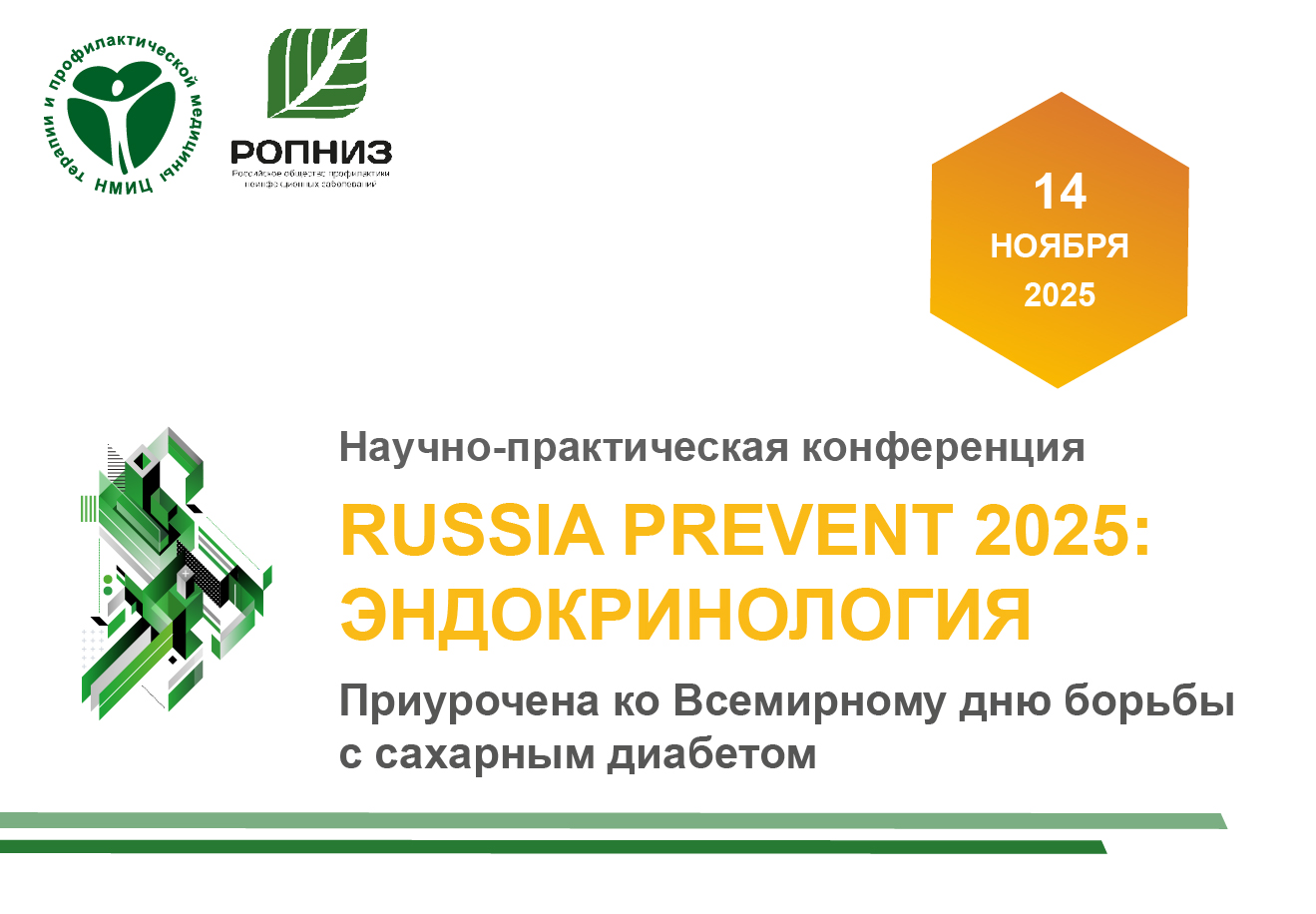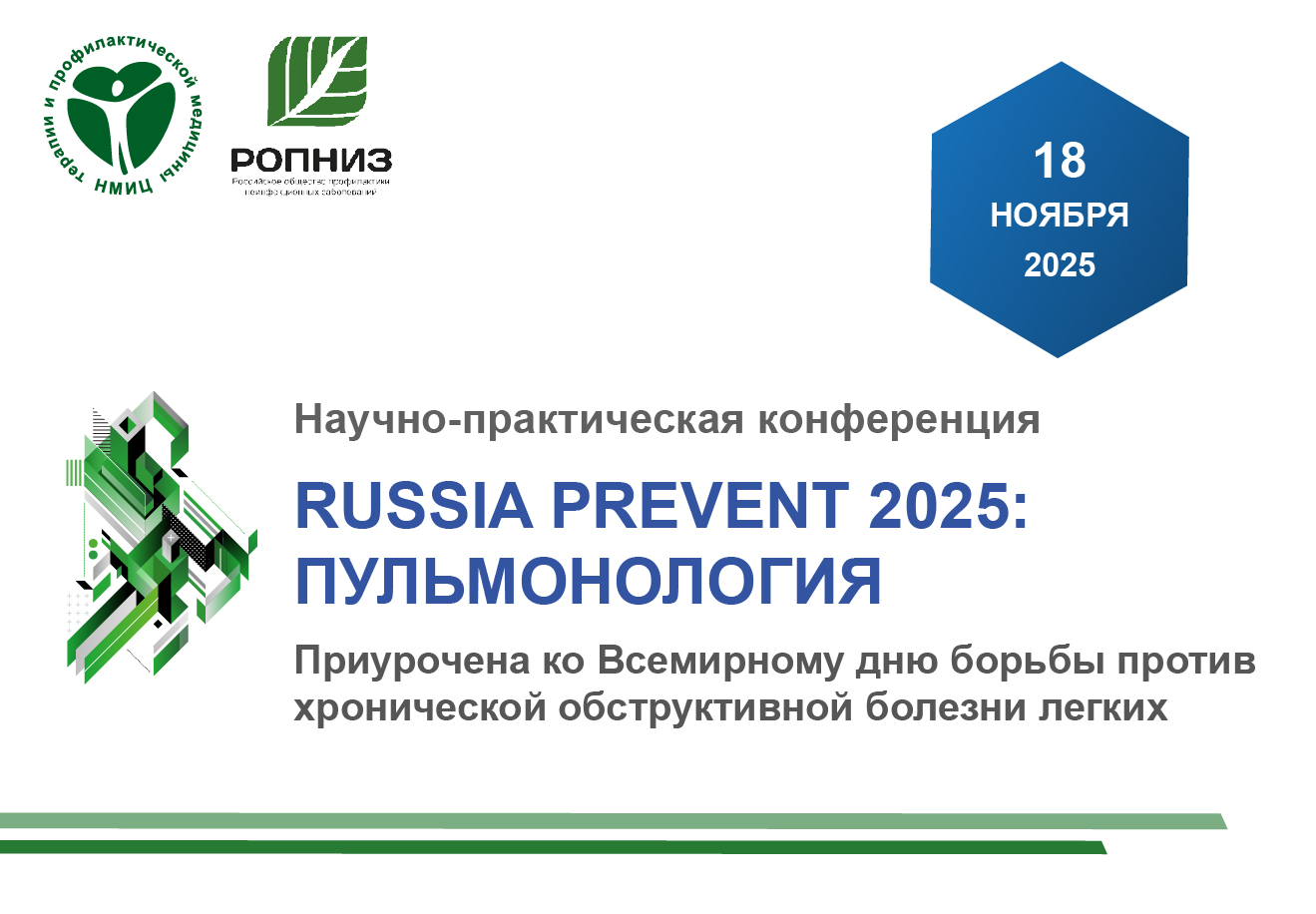Evaluation of the outcomes of coronary physiologyguided stenting
https://doi.org/10.15829/1728-8800-2025-4436
EDN: WPBQDK
Abstract
Aim. To assess the achievement of optimal outcome criteria based on fractional flow reserve (FFR) data during coronary physiology-guided percutaneous coronary intervention (PCI) with in patients with stable coronary artery disease (CAD).
Material and methods. A total of 150 patients with stable CAD and borderline coronary stenosis were initially recruited. After applying the exclusion criteria and FFR assessment, 55 patients were included in the study. They underwent angiography-guided stenting with FFR reassessment after the intervention. In residual ischemia, additional procedures were performed to optimize the outcome with intracoronary physiology reassessment.
Results. When evaluating outcomes using the physiological index, we found that stenting did not eliminate ischemia in 15 cases (27,3%), and optimal FFR values were achieved in only 12 (21,8%) patients. Optimization of PCI outcomes was required in 17 (30,9%) patients. After optimization, residual ischemia persisted in 7 (12,7%) patients, while optimal physiological index values were not achieved in 32 (58,2%) patients. Optimal FFR values were achieved in only 16 (29,1%) patients.
Conclusion. The use of intravascular physiology methods makes it possible not only to assess the significance of coronary artery stenosis but also to improve PCI outcomes.
About the Authors
A. Yu. KolesnikovRussian Federation
Sosnovy Boulevard, 6, Kemerovo, 650002
A. A. Arnt
Russian Federation
Sosnovy Boulevard, 6, Kemerovo, 650002
N. A. Kochergin
Russian Federation
Sosnovy Boulevard, 6, Kemerovo, 650002
References
1. Fettser DV, Polyakov RS, Matskeplishvili ST, et al. Functional assessment of coronary blood flow as contemporary method for optimizing results of percutaneous coronary interventions in patients with ischemic heart disease. Medical alphabet. 2021; 17:326. (In Russ.) doi:10.33667/207856312021173236.
2. Golukhova EZ, Petrosian KV, Abrosimov AV, et al. Impact of assessment of fractional flow reserve and instantaneous wavefree ratio on clinical outcomes of percutaneous coronary intervention: a systematic review, metaanalysis and metaregression analysis. Russian Journal of Cardiology. 2023;28(1S):5325. (In Russ.) doi:10.15829/1560407120235325. EDN: HUTOUV.
3. Koo BK, Hu X, Kang J, et al. FLAVOUR Investigators. Fractional Flow Reserve or Intravascular Ultrasonography to Guide PCI. N Engl J Med. 2022;387(9):77989. doi:10.1056/NEJMoa2201546.
4. Seitz A, Baumann S, Sechtem U, et al. Optimal Prognostication of Patients with Coronary Stenoses in the Preand PostPCI setting: Comments on TARGET FFR and DEFINEFLOW Trials Presented at TCT Connect 2020. Eur Cardiol. 2021;16:e17. doi:10.15420/ecr.2021.04.
5. Collison D, Didagelos M, AetesamUrRahman M, et al. Poststenting fractional flow reserve vs coronary angiography for optimization of percutaneous coronary intervention (TARGETFFR). Eur Heart J. 2021;42(45):465668. doi:10.1093/eurheartj/ehab449.
6. Ahn SG, Hong S, Son JW, et al. Validation of poststenting fractional flow reserve with intravascular ultrasound parameters for optimal stent deployment. Int J Cardiovasc Imaging. 2020;36:197203. doi:10.1007/s10554019017128.
7. Arnt AA, Kolesnikov AYu, Kochergin NA. Intravascular physiology and imaging in determining the indications for revascularization in patients with intermediate coronary stenosis. Russian Journal of Cardiology and Cardiovascular Surgery. 2025;18(3):25560. (In Russ.) doi:10.17116/kardio202518031255.
8. Kochergin NA, Ganyukov VI. The randomized study of preventive revascularization of vulnerable coronary artery plaques in patients with stable coronary artery disease. Complex Issues of Cardiovascular Diseases. 2019;8(4S):10410. (In Russ.) doi:10.17802/23061278201984S104110.
9. Sukmanova IA, Gordeeva DS, Pinaeva AS, et al. Possibilities of using imaging methods of xray endovascular surgery in patients with coronary artery disease. Bulletin of Medical Science. 2021;4:6780. (In Russ.) doi:10.31684/254184752021467.
10. Demin VV, Babunashvili AM, Kislukhin TV, et al. Application of intravascular physiology methods in clinical practice: twoyear data from the Russian registry. Russian Journal of Cardiology. 2024; 29(2):5622. (In Russ.) doi:10.15829/1560407120245622. EDN: YUWLSY.
11. Bubnov DS, Matchin YuG. Application of fractional flow reserve and instantaneous wavefree ratio methods in the assessment of extended and multilevel lesions of coronary arteries. Russian Journal of Endovascular Surgery. 2021;8(3):24555. (In Russ.). Бубнов Д. С., Матчин Ю. Г. Применение методов фракционного резерва кровотока и моментального резерва кровотока при оценке протяженных и многоуровневых поражений коронарных артерий. Эндоваскулярная хирургия. 2021;8(3):24555. doi:10.24183/24094080202183245255.
12. Aboyan IА, Kulikovskikh YaV, Rumbesht VV, et al. Measurement of instantaneous wavefree ratio as a method of physiological assessment of the results of percutaneous coronary interventions. Russian Journal of Endovascular Surgery. 2023;10(3):2709. (In Russ.) doi:10.24183/240940802023103270279.
13. Rimac G, Fearon WF, De Bruyne B, et al. Clinical value of postpercutaneous coronary intervention fractional flow reserve value: A systematic review and metaanalysis. Am Heart J. 2017;183:19. doi:10.1016/j.ahj.2016.10.005.
14. Hokama Y, Tanaka N, Takashima H, et al. Insufficient recovery of fractional flow reserve even after optimal implantation of drugeluting stents: 3year outcomes from the FUJI study. J Cardiol. 2021;77(5):5328. doi:10.1016/j.jjcc.2020.12.001.
15. Escaned J, Berry C, De Bruyne B, et al. Applied coronary physiology for planning and guidance of percutaneous coronary interventions. A clinical consensus statement from the European Association of Percutaneous Cardiovascular Interventions (EAPCI) of the European Society of Cardiology. EuroIntervention. 2023;19(6):46481. doi:10.4244/EIJD2300194.
16. Uretsky BF, Agarwal SK, Vallurupalli S, et al. Prospective Evaluation of the Strategy of Functionally Optimized Coronary Intervention. J Am Heart Assoc. 2020;9(3):73. doi:10.1161/JAHA.119.015073.
17. Ohashi H, Collison D, Mizukami T, et al. Fractional Flow ReserveGuided Stent Optimisation in Focal and Diffuse Coronary Artery Disease. Diagnostics (Basel). 2023;13(15):2612. doi:10.3390/diagnostics13152612.
18. Cortese B, de la Torre Hernandez JM, Lanocha M, et al. Optical coherence tomography, intravascular ultrasound or angiography guidance for distal left main coronary stenting. The ROCK cohort II study. Catheter Cardiovasc Interv. 2022;99(3):66473. doi:10.1002/ccd.29959.
19. Shibutani H, Fujii K, Matsumura K, Otagaki M, et al. Differential influence of lesion length on fractional flow reserve in intermediate coronary lesions between each coronary artery. Catheter Cardiovasc Interv. 2020;95(6):16874. doi:10.1002/ccd.28430.
20. Demin VV, Babunashvili AM, Shugushev ZH, et al. Russian Register on the Use of Intravascular Imaging and Physiology Methods: Results of the First Year. Diagnostic and Interventional Radiology. 2022;16(3):2739. (In Russ.) doi:10.25512/DIR.2022.16.3.03.
21. Gromovoy RM, Pekarskiy SE, Baev AE, et al. Assessment of the functional significance of stenosis in multivessel coronary artery disease based on integral instant flow reserve. 2024;13(2):16575. (In Russ.) doi:10.17802/230612782024132165175.
Supplementary files
What is already known about the subject?
- Optimizing the percutaneous coronary intervention (PCI) outcomes is one of the most pressing issues in modern endovascular practice.
- The conventional angiography-guided PCI does not always achieve the target outcomes.
- The use of coronary physiological indices is considered a promising solution.
What might this study add?
- Angiography-guided stenting fails to eliminate ischemia in one-third of cases, and in 50,9% of cases, it fails to achieve the optimal PCI outcome.
- The use of fractional flow reserve methods allows not only to assess the significance of coronary artery stenosis but also to improve PCI outcomes.
Review
For citations:
Kolesnikov A.Yu., Arnt A.A., Kochergin N.A. Evaluation of the outcomes of coronary physiologyguided stenting. Cardiovascular Therapy and Prevention. 2025;24(9):4436. (In Russ.) https://doi.org/10.15829/1728-8800-2025-4436. EDN: WPBQDK

























































